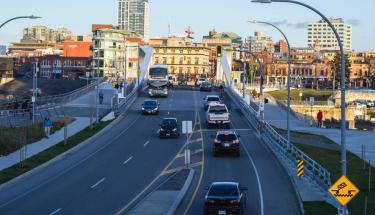When deciding an application, the Board panel holds a hearing. There are two types of hearings: written and oral. The Board panel will decide whether to hold a written hearing, oral hearing, or a combination of both based on the information in the application file.
A written hearing means that all application materials and submissions are delivered to the Board and participants in writing. This is the most common type of hearing and it is never open to the public.
The Board panel has the option of contacting the applicant during a written hearing process via video or telephone conference to clarify information, but this is not an oral hearing, it is a Board investigation under section 27 of the Passenger Transportation Act.
An oral hearing includes all of the written materials on file from application participants (the applicant and submitters) and may include whatever method that can connect the Board panel to interact with participants. This can be in-person, by video conference, or by telephone conference. Oral hearings can be open to the public, at the discretion of the Board panel deciding the application.
The Board may decide to hold a hearing if:
- There are many submitters
- There is conflicting evidence on file
- The application raises a significant policy issue
The Board’s Oral Hearings Handbook provides participants with more information to help prepare for oral hearings, including links to relevant Rules of Practice and Procedure (RPP) that participants must follow.
The Board publishes notices of hearings on its website.
Request an adjournment
Applicants or submitters may ask the Board to adjourn, or delay, a written or oral hearing. Board RPP 32 sets requirements for participants to request an adjournment.
Withdraw an application
At any time before the date of the Board’s decision, an applicant may withdraw an application by giving notice to the Board or the Registrar. Board RPP 19 sets requirements for applicants wishing to withdraw their application.
